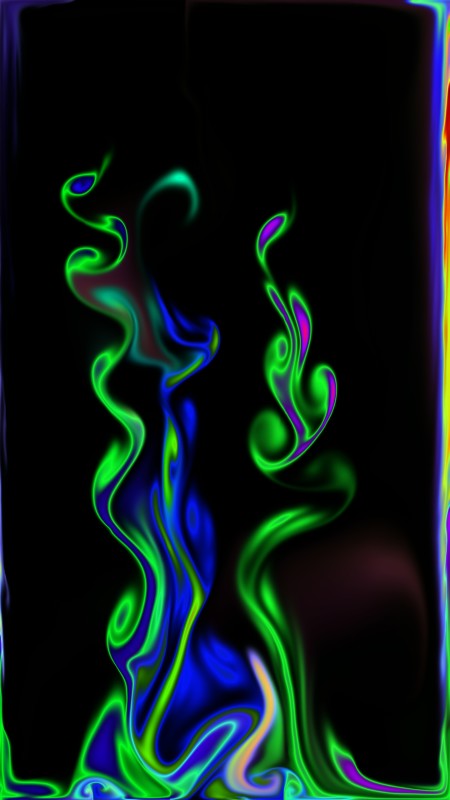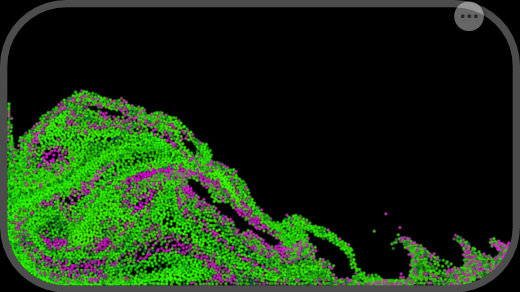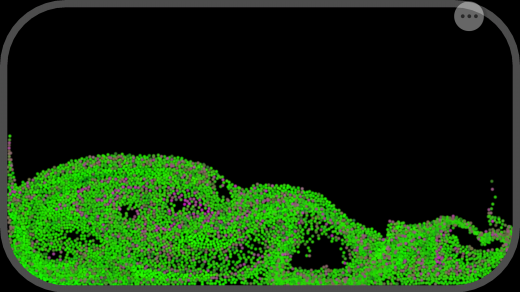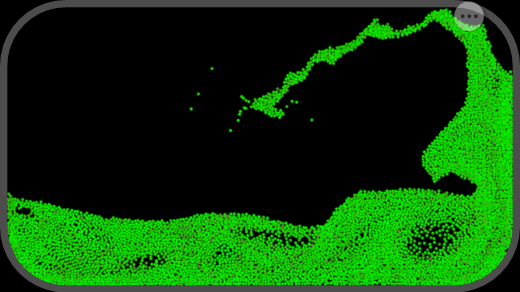The Appification of CFD Simulation has Started
There has been much talk about the appification of established technologies. Discussion on the appification of high-value CAE simulation seems to have focused on the fact that it’s a when, not if. How such a conclusion has been made without a clarification of what ‘appification’ actually is, is confounding. Apps are cheap, limited in the scope of their application and, as a consequence, extremely easy to use. This is why there isn’t a ‘Google Maps for Dummies’ book. Although full industrial scale 3D CFD simulation is some way away from being packaged as an app, there are some extremely exciting realtime 2D CFD apps on the market. Time to reach for the loose change down the side of the sofa…
I’m on an Android phone so I’ll just review a few apps from Google Play. With all these apps, you use your finger to provide mass flow and/or momentum. The fluid then convects, in real time. The transient simulation shows the evolution of the resulting vortexes. ‘Magic Fluids’ by ‘The Mad Scientist’ is the most visually stunning:
‘Fluid Paint’ by Tristan Bauer is unique in that it allows you to finger draw wall obstructions, around which the fluid must flow. Hardwired hot (red) and cold (blue) fluids interact due to buoyancy.
A combination of Eulerian (mesh based) and Lagrangian (particle based) technologies are used to achieve these simulated fluid flows. Pure Lagrangian simulations are also quite fun. LiquidFun by Matthias Müller-Fischer is just that. Press the screen to inject particles that collect at the bottom of the screen. Rotating the screen then sloshes the particles from side to side, simulating wave and wave breaking:
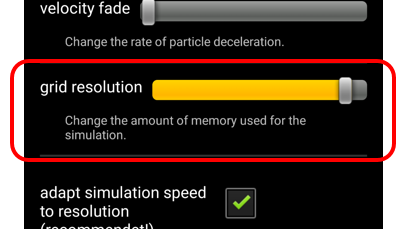 These are not quantitative predictions of fluid flow. This is no real time DNS! However it certainly looks realistic, they pass the equivalent Turing test for physical realism 🙂 You can sometimes see where and how they do not satisfy mass conservation. As mobile CPU and GPU compute power increases I’m sure these visibly false artifacts will diminish. As with any simulation there is always a trade off between accuracy and simulation time, just as true for these apps. (Spatial) Grid resolution is the more common method to achieve this balance. Fine grid = accurate results = longer solution time. Be the CFD numerics solved on mobile CPU/GPU hardware of massively parallel HPC clusters, I think people using simulation will always max out available resources. Why? Because it’s there.
These are not quantitative predictions of fluid flow. This is no real time DNS! However it certainly looks realistic, they pass the equivalent Turing test for physical realism 🙂 You can sometimes see where and how they do not satisfy mass conservation. As mobile CPU and GPU compute power increases I’m sure these visibly false artifacts will diminish. As with any simulation there is always a trade off between accuracy and simulation time, just as true for these apps. (Spatial) Grid resolution is the more common method to achieve this balance. Fine grid = accurate results = longer solution time. Be the CFD numerics solved on mobile CPU/GPU hardware of massively parallel HPC clusters, I think people using simulation will always max out available resources. Why? Because it’s there.
Our vision is to bring CFD simulation to the desktop of every mechanical engineer via tools such as FloEFD, FloTHERM and FloTHERM XT. Check out this white paper describing our unique immersed boundary layer approach and how it can be applied to better utilise available desktop engineering compute resources.
18th January 2016, Ross-on-Wye
p.s. I’m not associated with any of the above app providers, endorsement is based solely on the merit of their apps!


